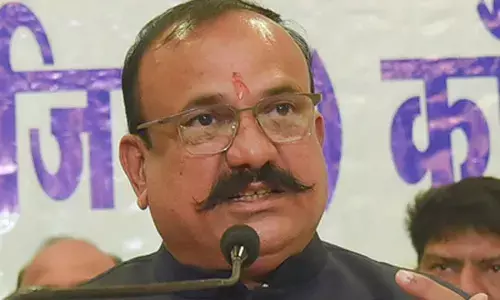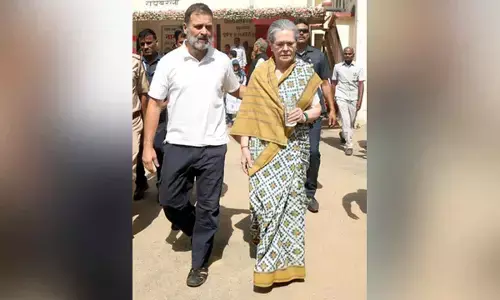How to build credit institutions of tomorrow

Given India's need for infrastructure expansion and the infrastructure financing gap, attention needs to turn from the overall macroeconomic view on sectors and funding towards the microstructure of the credit markets in India.
Given India's need for infrastructure expansion and the infrastructure financing gap, attention needs to turn from the overall macroeconomic view on sectors and funding towards the microstructure of the credit markets in India.
This focus on the microstructure is a must to create the necessary dynamics that can help finance and expedite infrastructure creation in India.
At the outset, it may be underscored that infrastructure can't be looked in isolation from the general commercial credit market. Essentially, the system of financing for creating infrastructure needs to be in sync with the credit market that businesses and consumers have access to.
For example, an airport asset at a tourist destination does well if the hotel infrastructure at the destination and ancillary tourism-related infrastructure are well developed. Regardless of whether the business is that of an airport, hotel or tour operator, everyone needs access to both short-term credit and long-term credit.
Essentially, financing is a crucial driver of these businesses, irrespective of the structural differences between them. The credit financing needs of infrastructure and consumer-facing businesses can be met better by focusing on the creation of institutions and supporting regulations that allow for institutions that focus on different parts of the interest rate term-structure.
India will need institutions that can cater to both short-term and long-term credit needs. However, the skill sets and the nature of balance sheets required will be fundamentally different for both markets.
The short-term credit needs, broadly termed as 'working capital' needs, will need access to balance sheets that have a focus on generating returns on capital pools that have a "money-market" nature. Essentially, businesses and institutions that need to make returns on short-dated capital and are focused on doing so are required.
The credit lending institutions needed are those with specialised credit risk underwriting skills which help them source the capital and generate returns by lending to a broader credit spectrum on the short end of the interest rate curve.
Primarily, credit provision in the two years and shorter credit periods. It cannot be overemphasised that such short-term credit-focused institutions need to have specialised skill sets that can help them appreciate the specific lending situation, create structures that de-risk the cashflows and hedge duration risk.
Primarily, deliver the excess credit spread on the short-end of the curve that will be attractive to investors looking for short-term yield pick-up. On the long-end of the interest rate term structure, India needs term lending institutions.
Credit businesses that can understand long-dated assets, mitigate risks and deliver high-quality risk-adjusted returns for the credit risk undertaken. The balance sheets that need to finance such assets are those looking for annuity type returns.
The difference in the fundamental nature of the short-end and long-end credit markets should be borne in mind. Credit underwriting skills, balance sheets required, and the nature of businesses are all fundamentally different in the two cases. However, both markets need to coexist and grow together. One cannot push the growth of one without developing the other.
A lot has been said about the global low-interest rate regime and how the capital pools are looking for returns. In that context, creating such credit institutions must be viewed as building "bridges" that can assist the capital in flowing towards the capital-constrained sectors.
Ensuring institutions, regulations and structures that can make credit businesses attractive for investors is the first critical step. In layman terms, the first question to ask as an investor is, "do I have access to a market with adequate regulations that can help me build an investment vehicle for a credit business?"
The next question to ask is if as a credit business, "I have access to market instruments and securities that allow me to manage my risk exposure?" And, lastly, given the risk involved, "does the tax structure allow me a return that is attractive on a risk-adjusted basis?" The above analysis is one that every investor looking at the credit markets will do, regardless of whether the capital is domestic or foreign.
As India looks to unleash its economic potential, access to credit will be a crucial pillar of growth. The specialisation of skills and balance sheets will be a significant driver for creating the credit institutions of tomorrow that can cater to the varied credit needs in a dynamic and complex economy such as India.

















